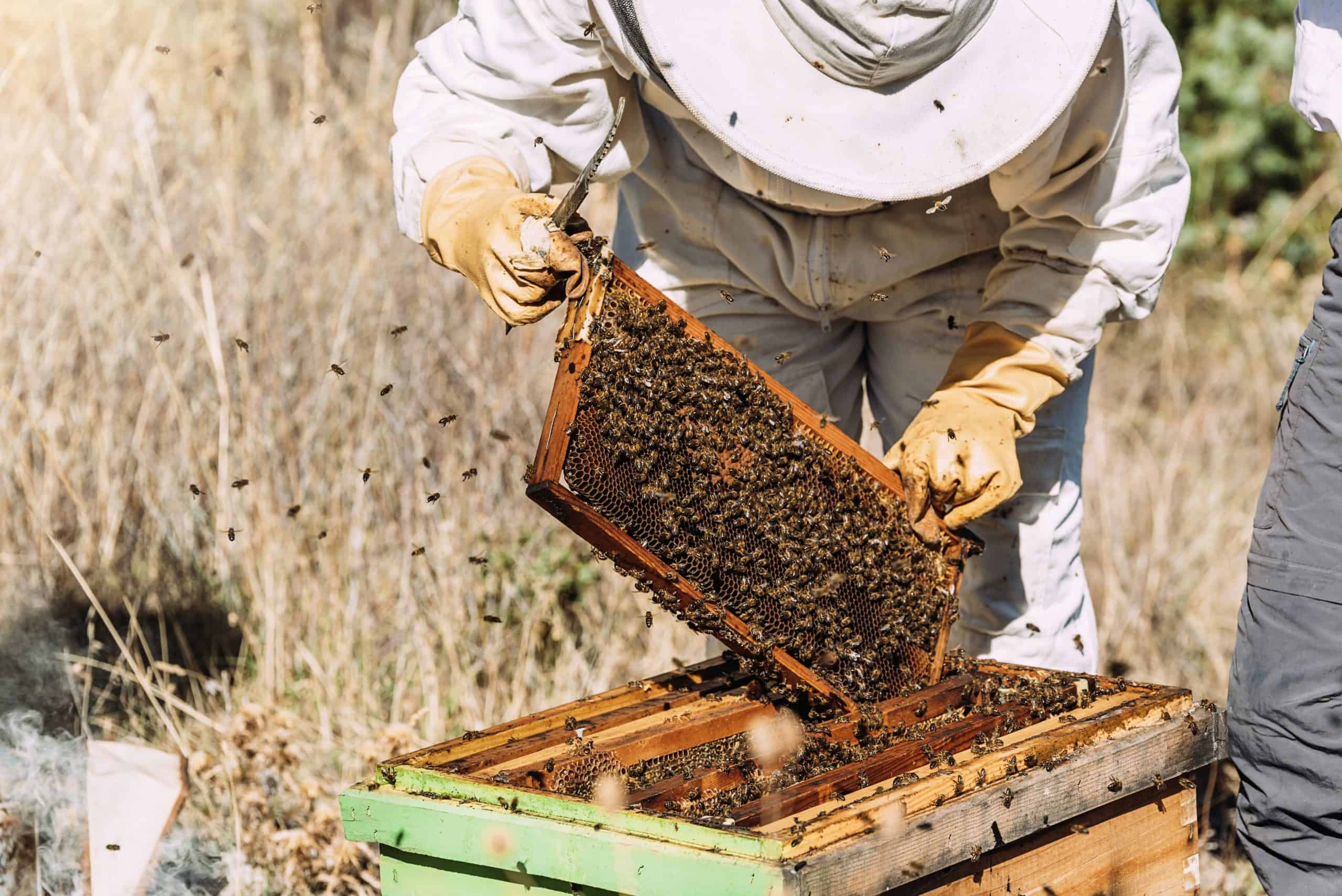If you are a beekeeper and it is your first time harvesting honey, then you are in for an experience of a lifetime.
One of the sweet rewards of beekeeping is finally harvesting the pure, delicious honey that your bees have collected over time. However, harvesting honey is easier said than done. It requires the right knowledge, proper tools, and gear.
The amount of honey you harvest depends on the type/species of bees you are keeping, the age of your hives, environmental factors, weather, and the nectar flow in your area.
So, don’t be disappointed if the honey you harvest this season isn’t the quantity you anticipated.
There are several factors to keep in mind before harvesting honey, and thus, it is essential that you have someone experienced by your side when harvesting for the first time.
If you are a beginner at harvesting honey, there is nothing you need to worry about. While most first-time beekeepers worry about hurting the bees and destroying the colonies, with the right approach, you will be able to harvest a good amount of honey without affecting the bees and their colony.
In this post, we will be educating you on harvesting honey and other vital considerations.
Let’s get started.
Things to Know Before Harvesting Honey
Here are key things to know when harvesting honey as a beginner:
- Make sure that your bees have adequate honey stores before winter. Do not collect everything; leave some for them. Since winter is the period when they hibernate, your bees need enough food to pass the winters. They won’t be making any honey during this period.
- During the summer months, you can place honey supers on top of the bees’ frames. This acts as an extra place for bees to store nectar, which is eventually turned into honey.
- Honey supers also provide additional space for the bees where they temporarily reside as the colony swells.
- You must remove bees from the honey supers before harvesting honey.
There are plenty of ways to harvest honey, and with the right approach, you can reap the sweetest rewards of beekeeping.
Harvesting Honey Checklist
Honeybees are easy to keep, even in urban environments, but you need the right tools and equipment for successfully harvesting and extracting honey.
Consider the following tools you need during the process:
For harvesting honey:
- Hive tool for scraping wax and moving the frames
- Sting resistant gloves
- Frame super (honey super) – it is where you will put the frames with honeycombs for transportation
- Smoker with fuel and a lighter – prefer dry leaves and branches as fuel over petrol or kerosene
- Beekeepers suit, which includes a jumpsuit, a mesh helmet, and a folding veil. Make sure you are wearing some layers of clothes underneath the beekeeper’s suit.
For extracting honey:
- Containers where you will put the extracted honey
- Double sieve for catching impurities like wax and other elements from honey
- Food-grade bucket for catching honey
- Honey Extractor – cylindrical equipment designed to extract honey
- A separate tub for storing wax
- Uncapping fork for unsealing honey cells
- Heated knife for cutting through the cells.
Steps Involved in Harvesting Honey
Start with the bee smoker and make sure the bees go away from the hives so that they are safe during the harvesting process.
1. Pull the Frames
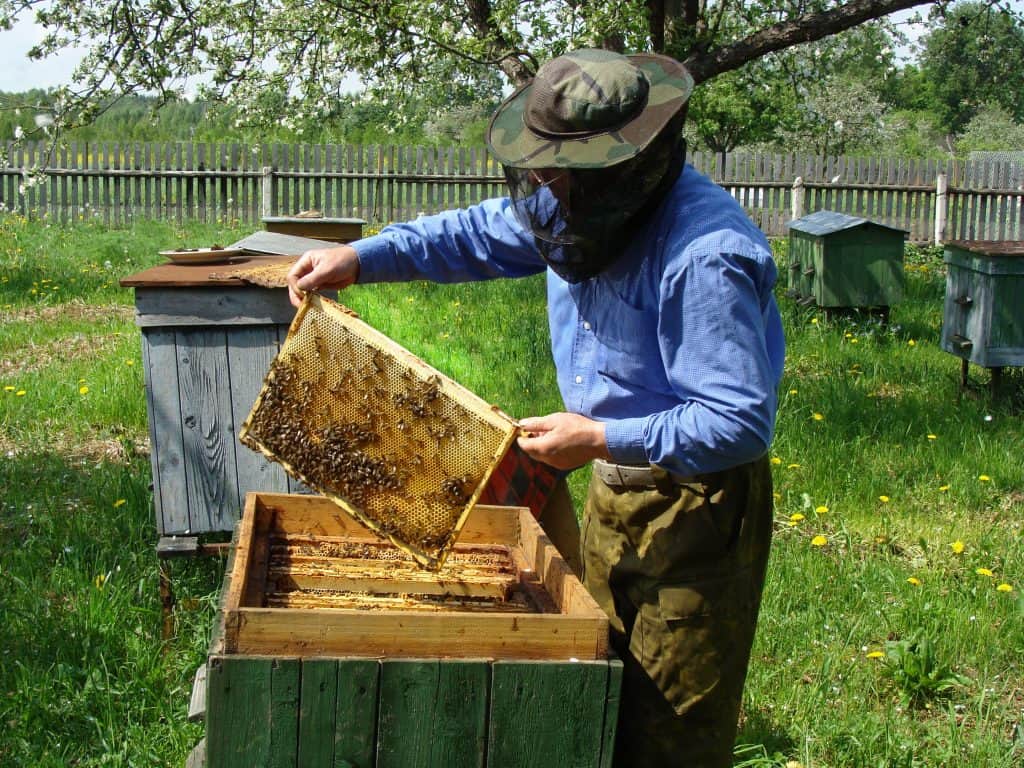
The method of harvesting honey begins with removing the frames from the hive. Keep in mind that you don’t pull the frame with brood on it. Leave the frames with brood on them and pick the frames that have honey in them.
The honey-filled frames will be capped using wax. It is the bees’ way to protect the honey from moisture and water, causing it to spoil. You can scrape off the cap using a hot knife.
When pulling the frames, ensure that the no bees are attached to them. Use the smoker to ward off the bees from the frames and hives carefully.
2. Uncap the Honey
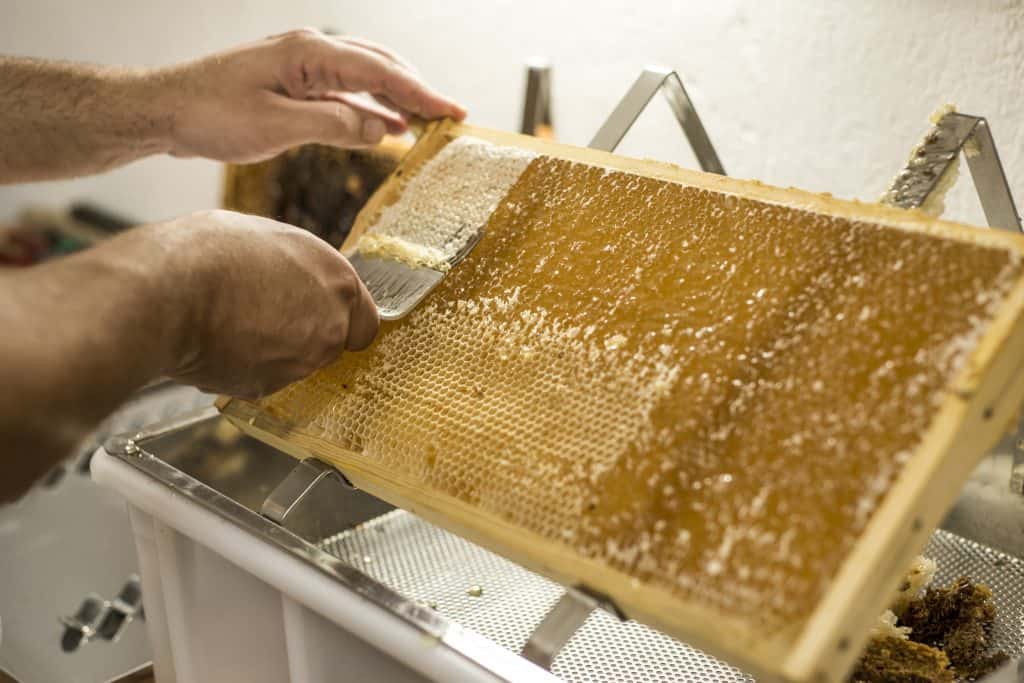
Once you have pulled the frames, you will need to uncap the honey. The goal is to pull the honey out of the frame – every single drop. Uncapping the honey means removing the wax from each cell. There are several methods to extract honey from the cells.
Take an uncapping fork, gently slide it into the cell, and pull the wax cover off the frame. This method requires patience since you will be removing the wax off every single frame separately.
The fork method is recommended if you have less than three hives. For those with a larger number of hives, this method isn’t entirely effective and productive.
If you have more hives to harvest, consider the roller method. It is an efficient tool that pulls the wax loose, making harvesting honey easy.
However, you have to be careful with this method as it can easily mix the wax with honey, compromising the quality. You don’t want someone to ingest it and get hurt.
The last method is the knife method, where you run the sharp knife down the frame and remove all the wax at once. It is an efficient and hassle-free method.
3. Place the Frames in the Extractor
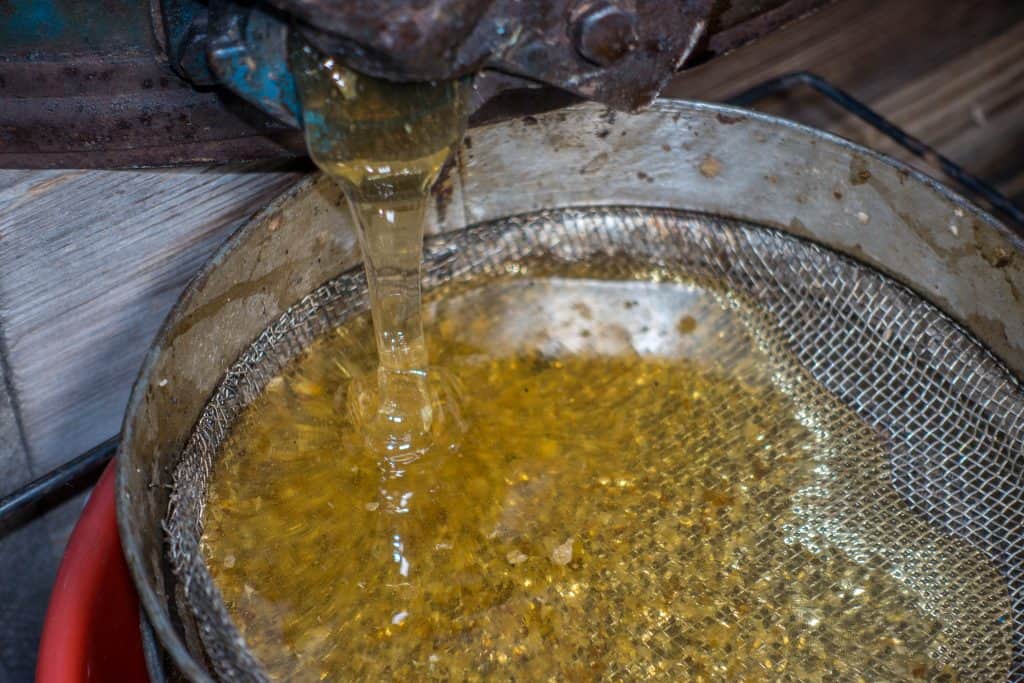
Once you remove the caps from the frames, put the frames in the extractor to extract the honey.
You should invest in a good-quality electric honey extractor. Place the frames inside the extractor and turn it on.
As the extractor rotates, it throws the honey out of the frames and into the bottom pan of the extractor.
The pan is where all your honey will be collected.
Make sure that all of the honey has been extracted from the frames.
4. Bottle the Honey
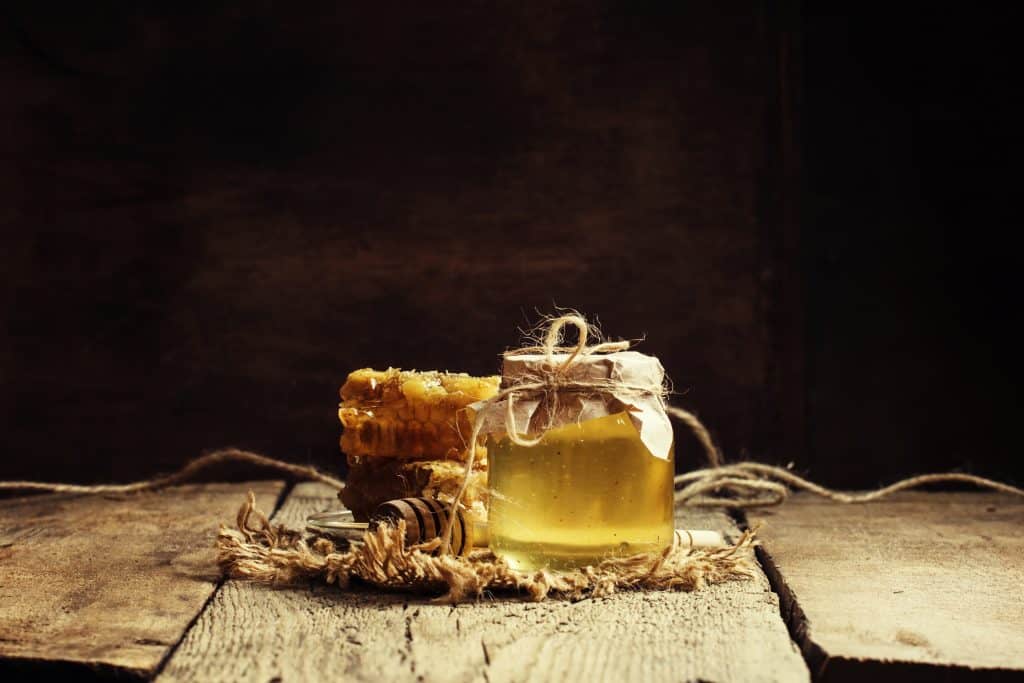
Take the extracted honey from the pan and pour it through the double sieve and into a clean tub. The double sieve will ensure that wax and other impurities are separated from the honey.
Finally, you will want to store the harvested honey in jars. I recommend using air-tight glass for storage. But, you can use any food-grade jar.
Conclusion
That’s it! This is how you harvest honey. Remember, real honey doesn’t go bad, ever. However, it may crystallize due to the process it goes through.
While harvesting sounds easy, it is a strenuous job, and you may require a helping hand from someone you know. The whole process can take a day or two or even longer, depending on how many hives you are processing and the workforce involved.
